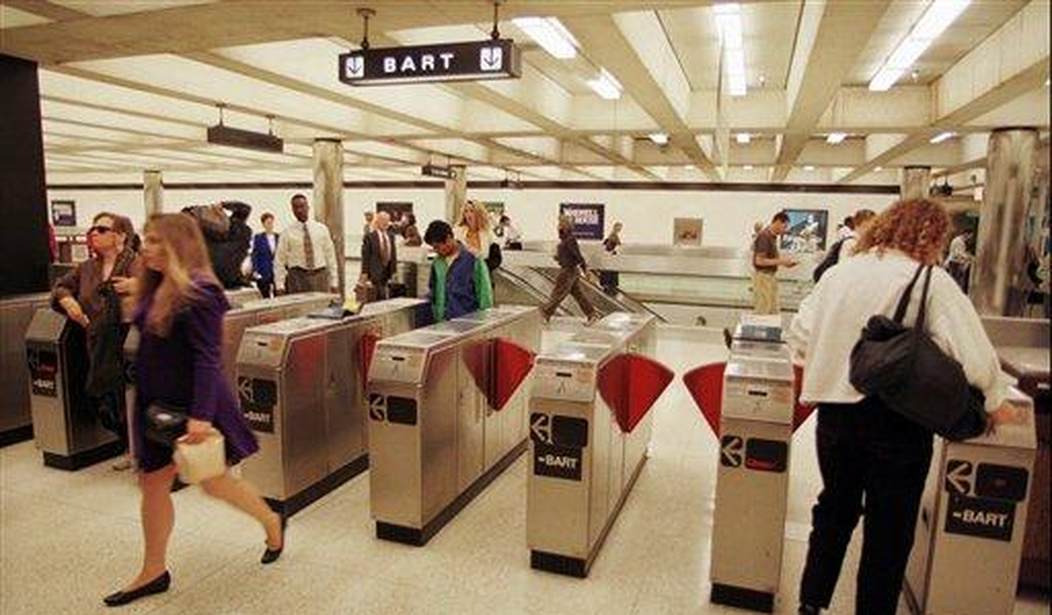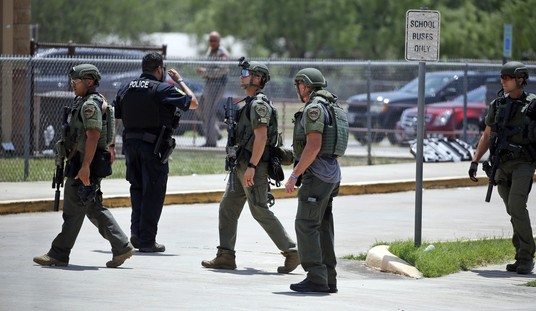What is already happening in SF is pretty bad. There's a 36% commercial real estate vacancy rate downtown as many worker move to a permanent hybrid workweek. That means less foot traffic for downtown businesses which have been closing at a swift pace over the past year. Downtown is quickly becoming a place where people just don't go anymore.
The downtown slump also means less money flowing to city coffers in the form of property taxes, sales taxes and transfer taxes. And that means less funding for critical services like public safety, homeless services and sanitation. Indeed, the latest projections show the city will have a $1.4 billion deficit by 2027. But cutting back on services will only lessen the appeal of downtown which potentially makes the whole problem worse as people decide to simply shop in the suburbs where things are cleaner and safer.
But as I've argued before, most recently here, the last straw in San Francisco's doom loop will be the collapse of the public transportation system. That's already started. BART ridership is still at about 45% of what it was prior to the pandemic. Because 70% of BART funding was paid by people's fares, that decline has blown a huge hole in the system's budget. Unless that is fixed long term, the BART system will have to cut service, i.e. fewer trains, maybe closing some stations entirely.
Once it's no longer convenient to ride the trains downtown, it becomes a major new factor driving the doom loop. It will drive ridership lower and fewer people will go downtown to support the shops and restaurants that are currently barely hanging on.
Last year, state officials when to Sacramento and begged for extra money. They got it but now the state is also heading for a deficit so that won't be happening again. So the new plan, really the only plan left is new taxes to prop up public transportation in the Bay Area. Yesterday, State Sen. Scott Wiener announced his plan.
Senate Bill 1031 would amass between $750 million and $2 billion a year through taxes to beef up funding across the nine Bay Area counties in an attempt to avoid service cuts and improve roadways.
The legislation would also call for a plan to consolidate at least some of the 27 transit operators across the region in response to years of mounting complaints from riders who have described the labyrinth of bureaucratic agencies as confusing and a barrier to better service.
"We need to keep moving," said state Sen. Scott Wiener at a press conference on Monday at San Francisco's Powell BART Station. "We need to have as strong a transportation system as possible."
And lest you think I'm just a crazy blogger making up horror stories, here it is in print from the SF Standard: [emphasis added]
Without a boost in funding, transit advocates on Monday warned of a "death spiral" whereby service cuts could further diminish ridership, leading to ever-worsening budget crises. The commission estimated that Bay Area transit operators will face a budget deficit of at least $600 million if new funding doesn't come through.
They are warning about the "death spiral" this could create for public transit itself, but obviously public transit doesn't exist for itself. It exists to support the movement of people downtown. If public transit sees a spiral the doom loop downtown will go into high gear. Sen Scott Wiener clearly understands this. He may be a progressive nut but he's not dumb.
So what happens next? The bill will have to be passed by the state legislature and signed by Gov. Newsom. If that happens it will become a measure on the 2026 ballot. And if that passes a new mix of taxes will be levied against the 11 counties in the Bay Area to raise the money to keep public transportation afloat. That's a lot of ifs and a long road ahead but it's probably the only one with a chance of avoiding the worst of the doom loop. We'll have to wait and see what happens.
And long term, who knows. If the worst happens, property values will collapse downtown and that will attract new investors with new plans for what will by then be a blank canvas. It's also possible that the AI boom could change the entire dynamic in a kind of deus ex machina ending to the doom loop. If AI takes off the way cell phones and the internet did in past decades, downtown SF could become a hot property again as many of the top companies in the field are already located downtown.
Somehow, San Francisco will survive this but it may take a while and it may look very different than it did in 2019. The doom loop too shall pass, one way or another.
Here's a report from the Wall Street Journal. This is from 5 months ago but it's still relevant.








Join the conversation as a VIP Member